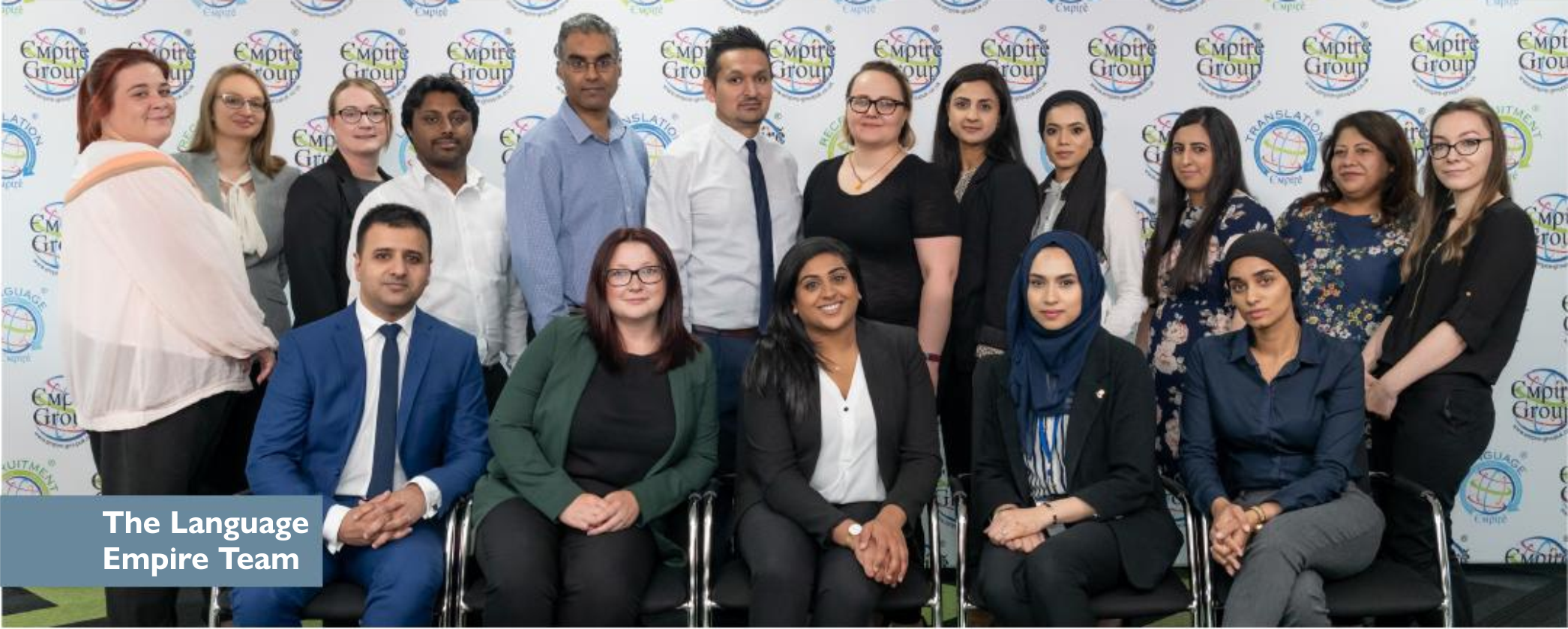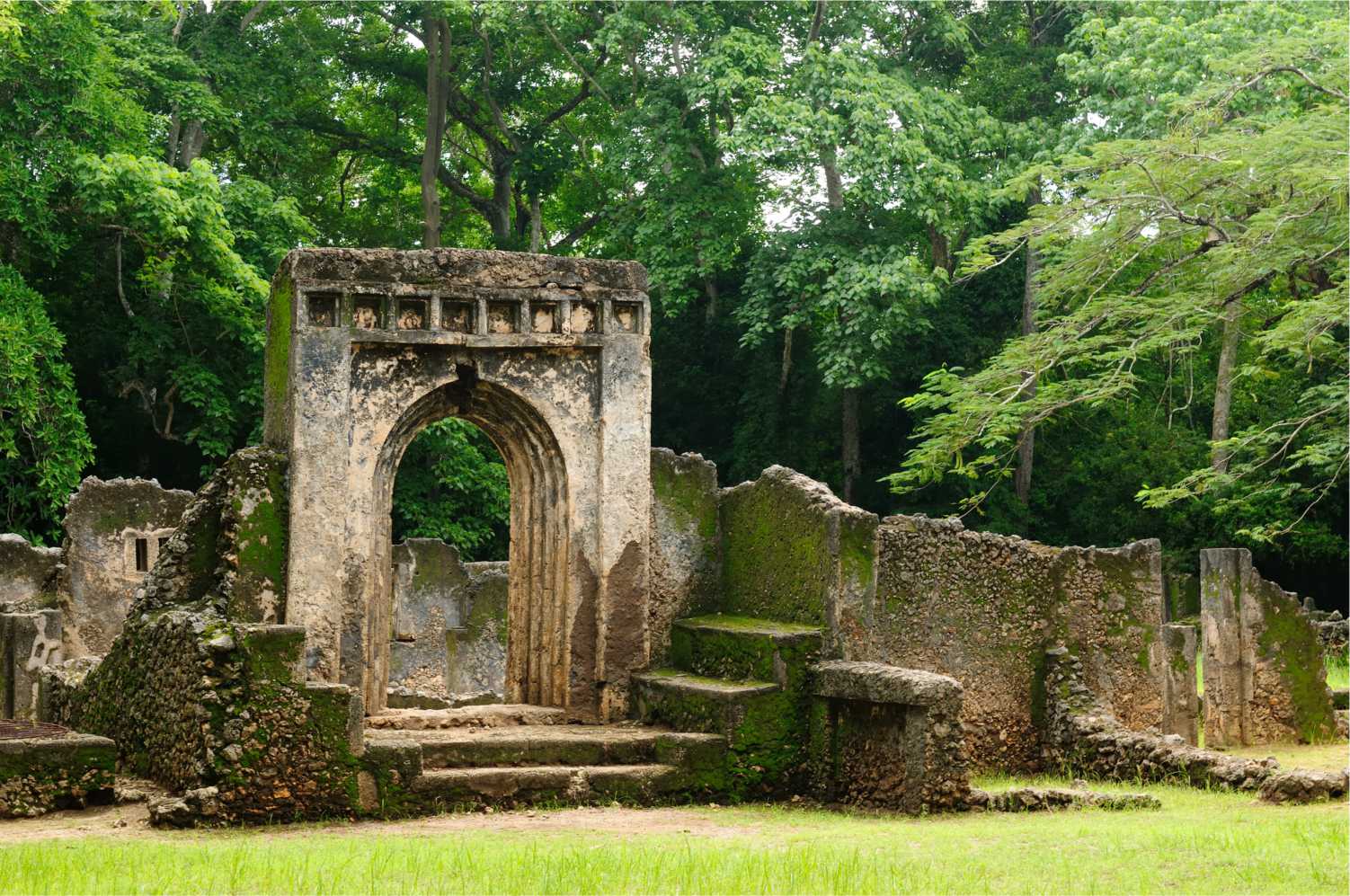Blog Details
Culture
The Nepali Language and Literature
-
29/08/2024 15:12:31
Nepali is a language spoken in the Federal Democratic Republic of Nepal and in parts of India, where it is one of the 23 official languages, as well as in communities in Myanmar, Bhutan, and Brunei.
Origins of The Nepali Language
Nepali is a language spoken in the Federal Democratic Republic of Nepal and in parts of India, where it is one of the 23 official languages, as well as in communities in Myanmar, Bhutan, and Brunei.
Nepali is related to the languages of northwestern India and is in many ways similar to Hindi. It is part of the Pahari subgroup of the Indo-Aryan group of Indo-European languages. Linguists believe it to have developed as a synthesis of ancient Sanskrit and a variety of regional dialects.
The Nepali language, or ‘Khas speech’ – ‘Khas kura’, was originally spoken by the ancient Khasha people who are believed to be connected to the Khas people. The Khas arrived in Western Nepal at the beginning of the first millennium BCE, absorbing various ethnic groups on their way. The language was also known as Gurkha, Gorkhali, or Gurkhali. Its name was officially changed to Nepali in 1958.
Nepali Dialects
There are three dialect groups in the Nepali language: Eastern, Western, and Central. The dialects have very few differences and are used mainly to distinguish the geographical position of speakers.
Nepali also has a specific dialect used by the upper classes and royalty, which has a four-level honorific system and special lexicon.
Nepali Alphabet
The Nepali language uses the Devanagari alphabet, which is part of the Brahmic family of scripts. It is written from left to right and has a characteristic horizontal line running along the top of full letters.
Nepali Literary Tradition
While Nepali literature existed for hundreds of years in Sanksrit, the first important poet who wrote in Nepali is thought to be Bhanubhakta Acharya (1814 – 1868), who translated the epic Ramaya?a from Sanskrit to Khas. He is revered in Nepal as Adikabi (‘first poet’), with his birthday celebrated each year on 13 July through various literary events and festivals that are organised in his honour.
The era of Nepali modern literature began in 1920’s and 30’s. Writer and poet Balkrish?a Sama and poet Lak?miprasad Devko?a adopted Western literary forms and traditions, such as the short story, prose poetry, and drama. An abundance of writing followed, such as the novels Muna Madan by Laxmi Prasad Devkota, Mountains Painted with Turmeric by Lil Bahadur Chettri, Shova Bhattarai’s novel Antahin Anta (The Endless End) and a collection of essays The Lives We Have Lost by Manjushree Thapa, among many others.
More recently, Samrat Upadhyay became the first Nepali author to write in English and be published in the West. Arresting God, his collection of short stories about Nepali family life and society, appeared in 2001.
By Maia Nikitina





